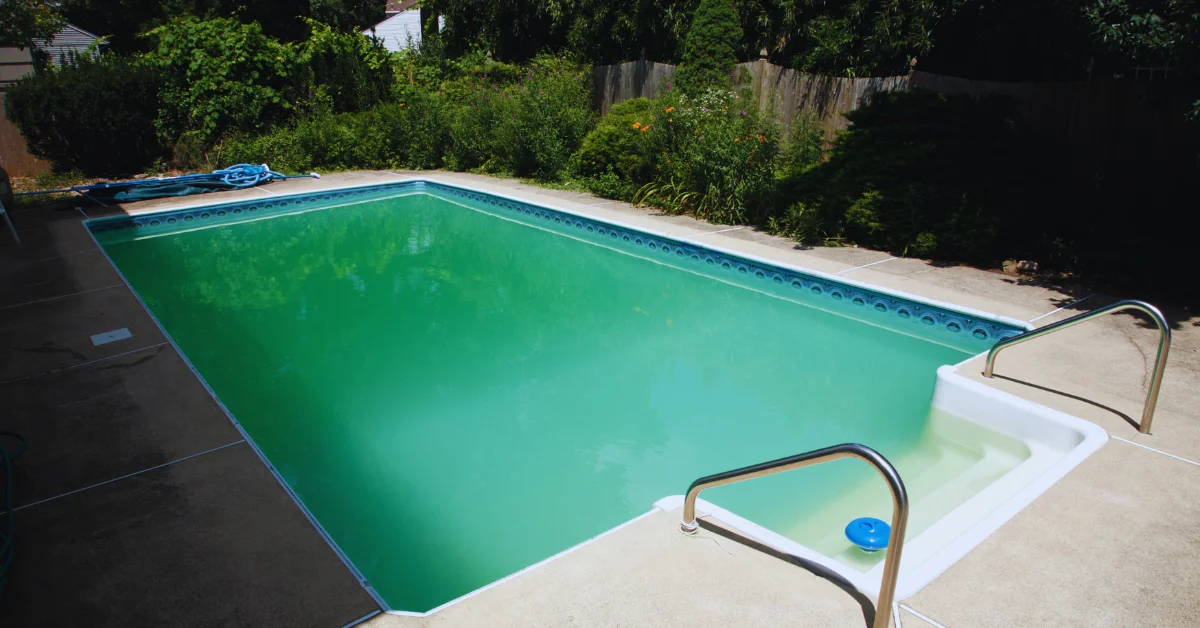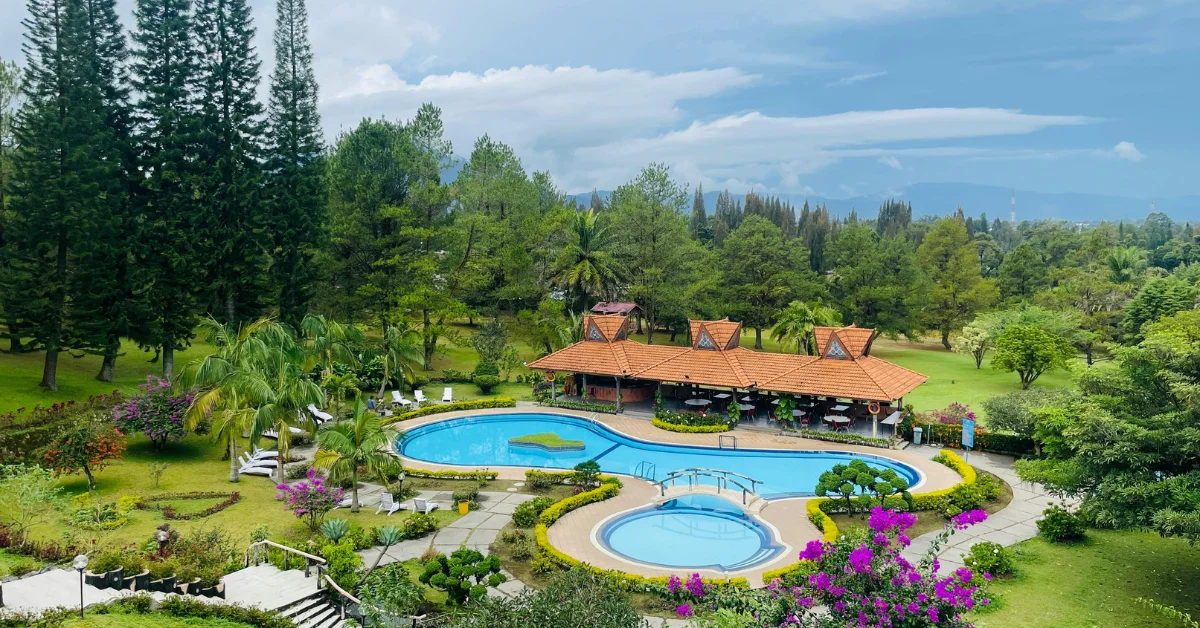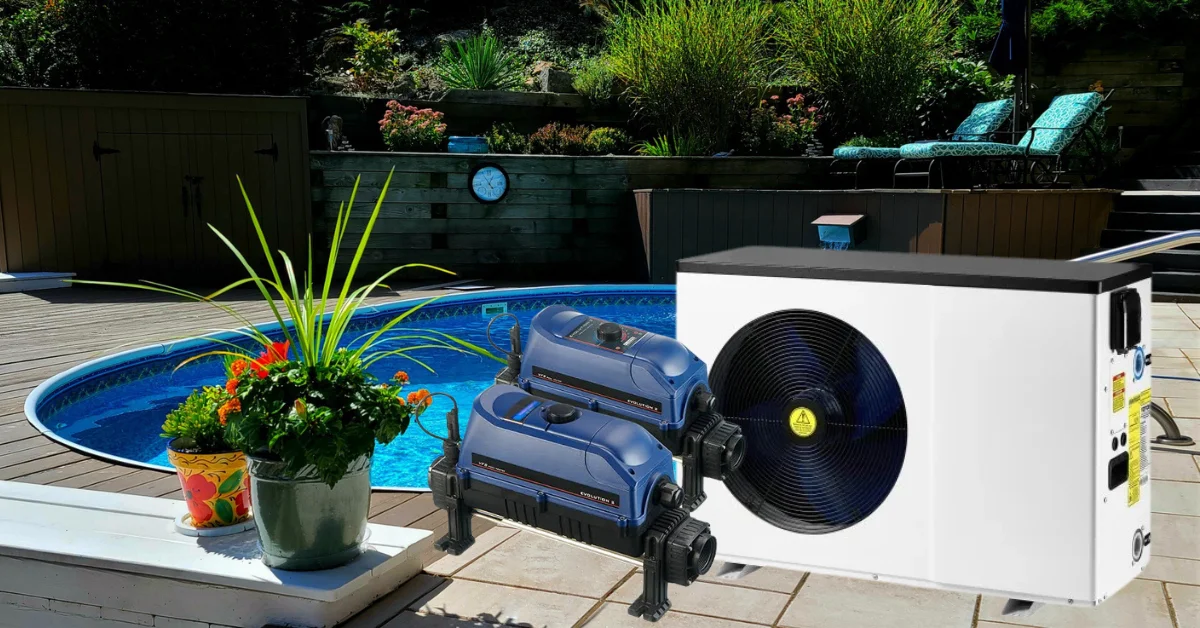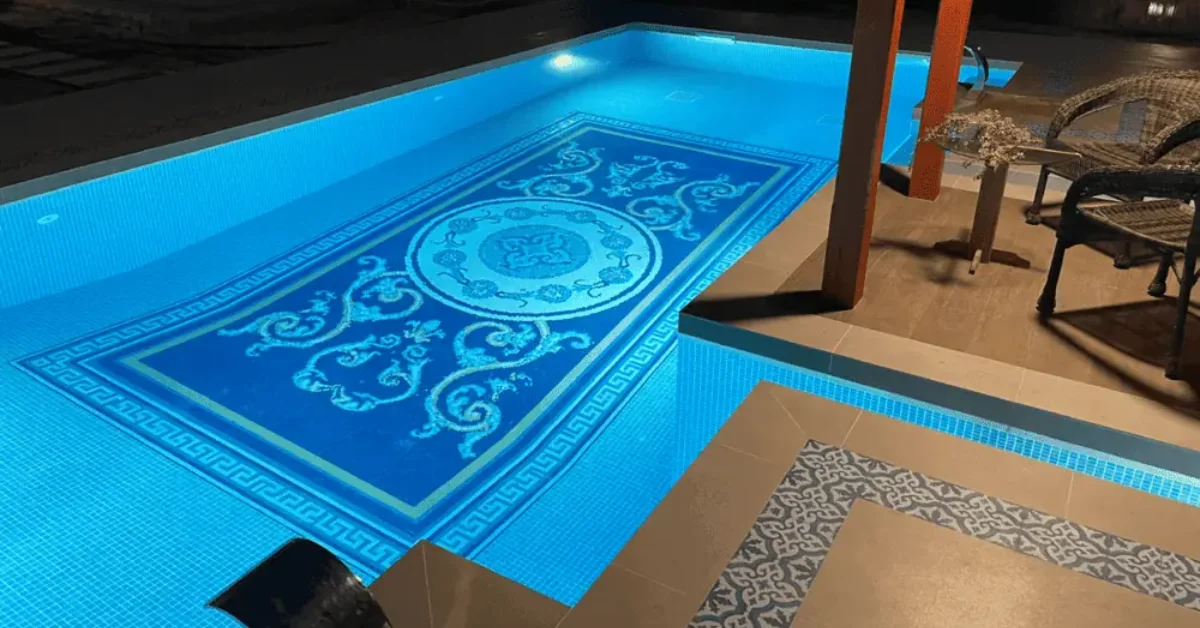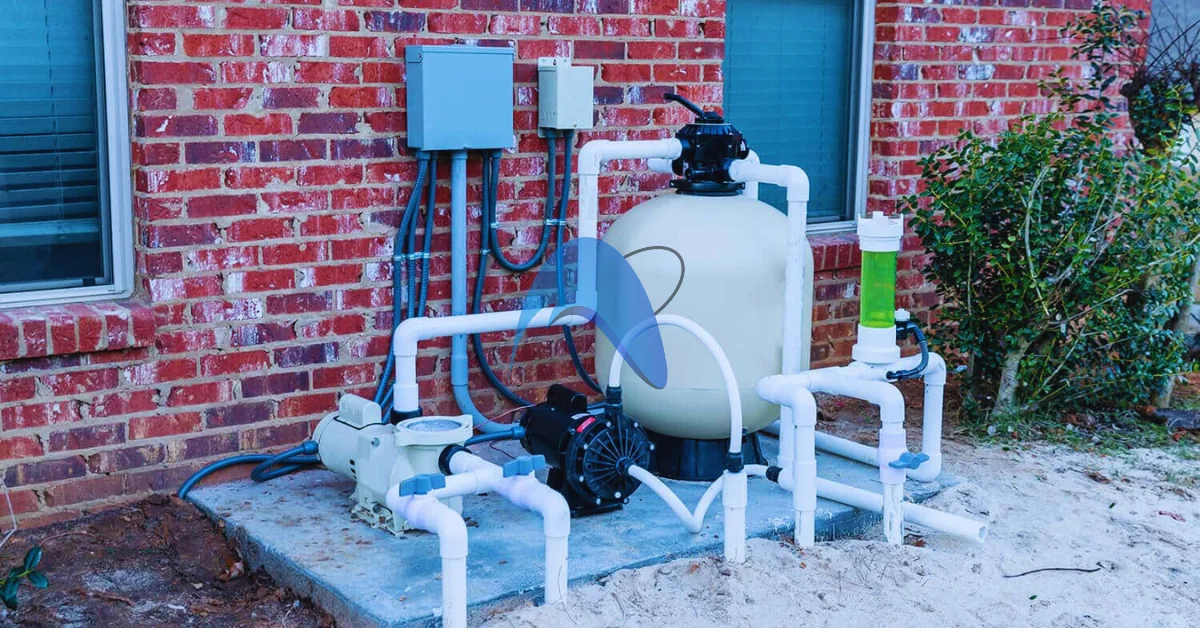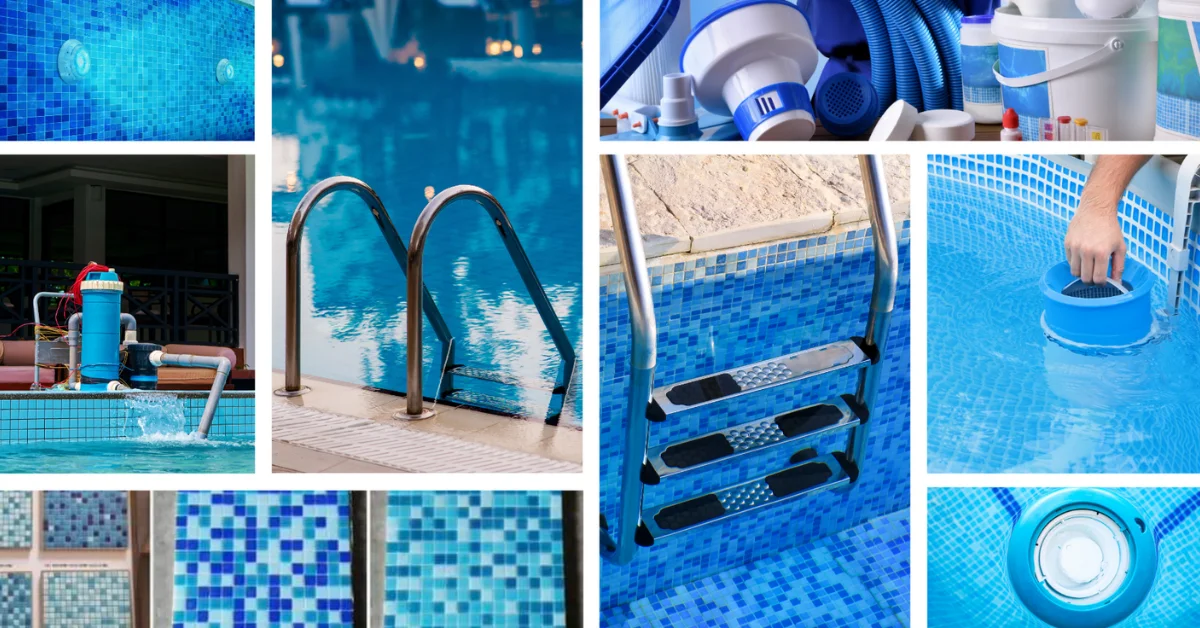A swimming pool is often seen as the ultimate symbol of luxury and relaxation. Whether it’s in your backyard or a commercial space, pools bring joy, exercise, and comfort. But behind the shimmering blue water, there are challenges that every pool owner eventually faces. Swimming pool problems are more common than most people realize, ranging from algae growth and cloudy water to equipment breakdowns and structural issues. Left unattended, even small pool problems can quickly become costly repairs. This article explores the most common swimming pool problems, their root causes, and practical solutions. Whether you own an indoor pool, an outdoor pool, or are struggling with swimming pool problems in Pakistan’s hot climate, this guide will help you maintain a clean, safe, and functional pool.
Why Swimming Pools Face Problems
Swimming pools, despite their appeal, are not immune to wear and tear. Over time, they face a variety of challenges caused by natural, structural, and human factors. Constant exposure to the environment—sunlight, dust, rain, and fluctuating temperatures—gradually affects water quality and the physical condition of the pool. In many cases, poor design or low-quality construction materials accelerate issues such as leaks, cracks, or inefficient circulation systems. On top of that, neglecting regular swimming pool maintenance allows minor problems to escalate into costly repairs. By understanding these underlying causes, pool owners can take proactive measures to minimize risks and keep their pools safe, clean, and enjoyable for the long term.
There are three major reasons why swimming pools develop problems over time: environmental exposure, design and construction flaws, and lack of regular maintenance. Each of these factors plays a critical role in how well a pool performs and how long it lasts. By understanding them in detail, pool owners can take the right steps to prevent small issues from becoming major concerns.
Climate and Environmental Factors
Outdoor pools are constantly exposed to dust, falling leaves, insects, and rainwater. In hot climates, such as Pakistan, excessive sunlight not only evaporates water but also speeds up chemical imbalances and algae growth. On the other hand, indoor pools suffer from poor ventilation, leading to condensation, mold, and even air-quality concerns.
Pool Design and Construction Issues
A pool’s longevity depends heavily on the quality of its construction. Low-grade materials, poor waterproofing, and bad plumbing design often result in cracks, leaks, and water circulation issues. Such structural flaws increase the likelihood of recurring pool problems.
Lack of Regular Maintenance
Many homeowners underestimate the importance of regular swimming pool maintenance. Skipping chemical checks, neglecting cleaning routines, or delaying equipment servicing allows small issues—like cloudy water or minor leaks—to escalate into expensive repairs.
Common Swimming Pool Problems
Here are some most frequent issues that pool owners encounter and explore effective solutions for each one.
1. Algae Growth
Few things are more unappealing than green, slimy water in a pool. Algae thrive in stagnant or poorly sanitized water. The common causes include insufficient chlorine, poor circulation, and lack of regular brushing of pool surfaces.
Solution: To get rid of algae, the pool should be shocked with chlorine, scrubbed thoroughly, and filtered for several hours. Preventing algae growth requires maintaining consistent chlorine levels, ensuring proper circulation with a well-functioning pump, and using algaecides when necessary.
2. Cloudy Pool Water
Crystal-clear water is every pool owner’s dream, but cloudy water is a frequent complaint. This problem usually indicates an imbalance in chemicals, dirty filters, or high levels of contaminants.
Solution: The first step is to test chlorine and pH levels. If they are within range, the issue might be the filtration system. Cleaning or replacing the pool filter often restores water clarity. Pool clarifiers can also be used to trap fine particles that cloud the water.
3. Water Leaks
Water loss is natural due to evaporation, but if you find yourself refilling your pool frequently, you may be dealing with a leak. Leaks can occur in the structure, plumbing, or equipment.
Solution: Look for damp patches around the pool, cracks in the walls, or water pooling near equipment. Small leaks can often be sealed with waterproof sealants, while larger issues may require professional repair and pressure testing of plumbing lines.
4. Pool Equipment Problems
A pool relies on its equipment—pumps, filters, heaters, and lights—to function effectively. Equipment failures are among the most frustrating swimming pool problems because they directly affect water quality and safety.
Solution: Pumps and filters should be serviced regularly to prevent clogging and mechanical wear. If heaters stop working, it’s often due to calcium buildup or electrical faults. For lighting issues, replacing faulty bulbs or repairing wiring is necessary. Investing in quality swimming pool equipment from trusted suppliers reduces the chances of frequent breakdowns.
5. Stains on Pool Surfaces
Stains can make even the cleanest pool look unattractive. They are usually caused by metals like iron or copper, organic matter such as leaves, or algae sticking to the surface.
Solution: Identifying the type of stain is important. Metal-based stains often require specialized stain removers, while organic stains can be scrubbed away with chlorine treatments. To prevent staining, maintain balanced water chemistry and clean debris promptly.
6. Chlorine and Chemical Imbalance
Chemical balance is at the heart of healthy pool water. Too little chlorine allows bacteria and algae to thrive, while too much can irritate eyes and skin. Imbalanced pH levels can also corrode equipment and damage pool finishes.
Solution: Regular water testing is key. Chlorine should be maintained between 1–3 ppm, while pH should stay between 7.2 and 7.6. Using automated chemical feeders or hiring a maintenance professional ensures consistent water quality.
7. Cracks in Pool Structure
Cracks are one of the more serious swimming pool issues, as they compromise both safety and durability. They may result from poor construction, soil movement, or pressure imbalances.
Solution: Small cracks can be repaired with epoxy or sealants. However, structural cracks often require professional assessment and repairs, which may include resurfacing or re-tiling sections of the pool.
👉 Read More: Swimming Pool Equipment Guide
8. Evaporation and Water Loss
While some water loss is normal, excessive evaporation is wasteful and expensive. It often occurs in outdoor pools in hot and windy climates.
Solution: The easiest way to reduce evaporation is to use a pool cover when the pool is not in use. Reducing water temperature and ensuring proper landscaping around the pool also help minimize unnecessary water loss.
Reason Behind Swimming Pool Problems in Pakistan
In Pakistan, swimming pools face unique challenges due to the country’s climate and infrastructure.
Climate Challenges
With scorching summers, evaporation rates are high. Outdoor pools suffer from rapid algae growth and chemical imbalances due to prolonged sunlight exposure. Monsoon rains also contaminate pools with mud and debris.
Quality of Pool Equipment
Many pools in Pakistan rely on locally available equipment, which may not always meet international standards. Low-quality pumps and filters often fail quickly, leading to recurring pool equipment problems. Importing or sourcing quality swimming pool equipment can significantly reduce maintenance costs.
How to Ensure Long-Term Pool Health
Owning a pool is an investment, and just like any other valuable asset, it needs care to last.
Regular Maintenance Tips:
- Skim debris daily to prevent buildup.
- Test water chemistry weekly and adjust as needed.
- Vacuum and brush walls regularly.
- Backwash filters according to manufacturer guidelines.
- Schedule annual professional servicing.
Importance of Using Quality Swimming Pool Equipment
Choosing the right equipment is one of the smartest investments a pool owner can make. While cheap pumps, filters, or heaters may seem attractive at first, they often fail quickly, leading to frequent breakdowns, cloudy water, and higher maintenance costs. On the other hand, quality swimming pool equipment, such as the durable systems offered by Atlantic Pool, ensures long-term reliability and efficiency. High-performance pumps keep water circulating smoothly, advanced filters maintain crystal-clear clarity, and energy-efficient heaters provide consistent comfort without driving up utility bills. By investing in trusted equipment from reputable suppliers like Atlantic Pool, pool owners not only save money in the long run but also enjoy peace of mind knowing their pool is safe, clean, and always ready to use.
Conclusion
Owning a pool is a rewarding experience, but it requires consistent care. The most common swimming pool problems—algae, cloudy water, leaks, equipment failures, and chemical imbalances—can all be prevented with proper maintenance and quality equipment. Whether you own an indoor or outdoor pool, or face swimming pool problems in Pakistan’s extreme weather, the key lies in regular upkeep and timely solutions. With the right approach, your pool will remain a source of relaxation and enjoyment for years to come.
Beyond maintenance, investing in high-quality swimming pool equipment ensures efficiency, reduces long-term costs, and prevents frequent breakdowns. Partnering with trusted brands, following a routine cleaning schedule, and seeking professional servicing when needed can make the difference between a troublesome pool and a stress-free oasis. Ultimately, a well-cared-for pool not only enhances the beauty of your property but also provides a safe, healthy, and enjoyable space for family and friends.
FAQs
What are the most frequent swimming pool problems?
The most common issues include algae growth, cloudy water, leaks, equipment failures, and chemical imbalance.
How can I reduce swimming pool maintenance costs?
Using high-quality equipment like pumps and filters helps lower long-term repair and cleaning expenses.
Why does my swimming pool water turn green so quickly?
Green water is usually caused by algae, which thrive when chlorine levels drop or circulation is poor.
Are indoor swimming pool problems different from outdoor ones?
Yes, indoor pools often struggle with ventilation and humidity, while outdoor pools face dust, debris, and weather-related issues.



